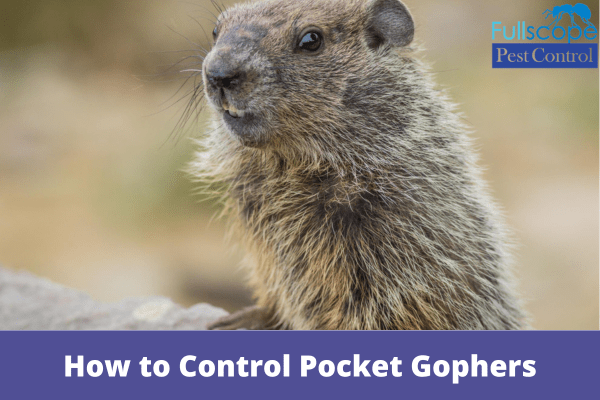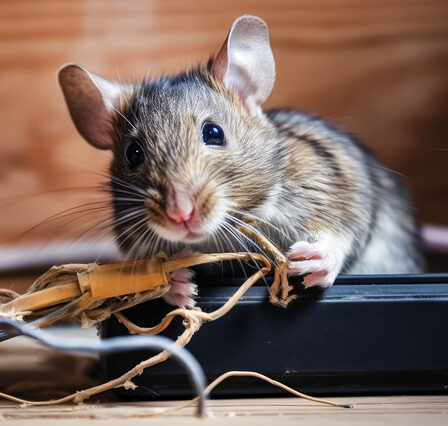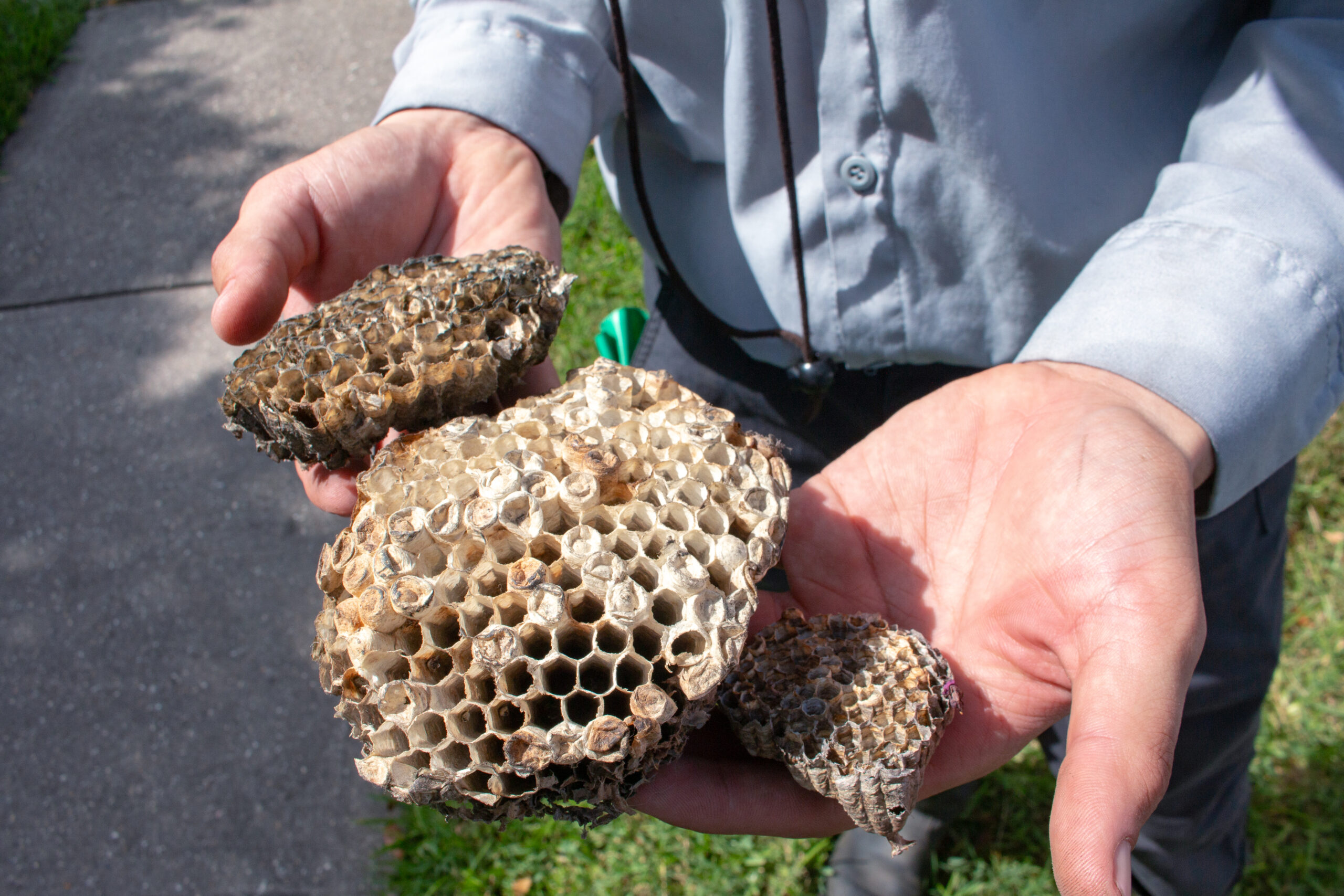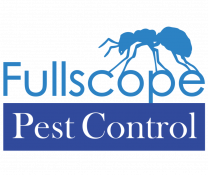Gardening enthusiasts frequently confront the issue of dealing with pocket gophers, those annoying rodents that can wreak havoc on lawns and gardens. These little critters are known for their extensive tunneling and voracious appetite for plant roots, making them a problem for homeowners. However, with the proper knowledge and tactics, you may efficiently control pocket gophers and secure your prized garden. Let’s find out numerous approaches and techniques for regaining control of your outdoor environment.

What Are Pocket Gophers?
Pocket Gophers, commonly known as gophers, are burrowing rodents named after their vast cheek pouches or pockets carrying food and nesting materials. This way of holding food in their cheeks frequently causes them to be mistaken for a chipmunk, a woodchuck, or a squirrel.
Pocket gophers can cause significant harm not only by burrowing but also through their dietary habits. Pocket gophers consume almost anything. However, the majority of their food comes from underground. They excavate tunnels and feed on roots, bulbs, and tubers, resulting in soil mounds known as gopher hills. Pocket gophers have sharp incisors and powerful front claws that allow them to construct intricate burrows quickly. Also about Rats In Kitchen
Determine The Existence Of Pocket Gophers
Confirming the presence of pocket gophers in your garden is the first step in managing them. Fresh mounds of soil indicate gopher activity in the shape of crescents or horseshoes. Plants may also wilt or die as a result of damaged roots. Another indicator is the presence of underground tunnels, which can be discovered by probing the soil with a metal rod or a gopher probe.
Use Non-Lethal Methods
There are various non-lethal gopher management solutions if you choose a more humanitarian approach. Installing wire mesh barriers around vulnerable regions, such as garden beds or tree roots, is one helpful strategy. The mesh should be buried at least 2 feet deep to prevent gophers from tunneling beneath it. Furthermore, using ultrasonic devices or repellents that create vibrations and aromas that gophers dislike will deter them from invading your garden.
Trapping Pocket Gophers
Trapping is a popular approach for controlling pocket gophers. Several sorts of traps are available, including box and cinch traps for gophers. To enhance your chances of success when utilizing traps, locate active tunnels and install the traps properly. Bait, such as fresh vegetables or peanut butter, can be used to entice gophers into traps. Check the traps regularly and remove any captured gophers as soon as possible.
Poisonous Bait
Poison baits can be used to manage gophers but should be used cautiously. There are gopher-specific rodenticides that should be used according to the manufacturer’s directions. Safeguarding non-target animals and avoiding accidental consumption by children or pets when employing poison baits is critical. Place the baits in secure bait stations or subterranean tunnels for optimal effectiveness and safety.
Natural Predators
Encouragement of natural predators of pocket gophers can aid in population management. Predators of gophers include owls, hawks, snakes, and domestic cats. Making your property more appealing to these predators, such as erecting birdhouses or providing nesting materials, can attract them. However, depending entirely on natural predators may not give total control because various conditions control their existence.
Cultivation Methods
Certain horticulture techniques can help keep pocket gophers out of your garden. Planting gopher-resistant plants, for example, can reduce their appeal to your yard. Plants with strong odors, such as garlic, daffodils, and marigolds, and those with harmful chemicals, such as castor beans or euphorbias, fall into this category. Regular soil cultivation and tilling can also disrupt gopher tunnels and make the environment unsuitable for them. Conversely, tilling should be done cautiously because it may encourage gophers to enlarge their tunnel systems.
Fencing For Exclusion
Another successful way to control pocket gophers is to construct physical barriers such as exclusion fencing. Use hardware cloth or wire mesh with small apertures (approximately 1/4 inch) to build a fence around your garden or specific areas you want to protect. To prevent gophers from tunneling behind the fence, bury it at least 2 feet deep. To stop gophers from climbing over, make sure the fence is 1-2 feet above the ground.
Soil Improvements
Pocket gophers can be deterred by changing the soil composition and making your garden less enticing. Gophers love loose, well-drained soil. Thus thick clay or compacted soil amendments may prevent their presence. Furthermore, putting sharp items into the ground, such as gravel, crushed oyster shells, or volcanic rock, might make digging challenging for gophers. However, remember that these amendments may interfere with the growth of your preferred plants, so use them sparingly.
Monitoring and Maintenance
Controlling pocket gophers requires regular monitoring and care. Inspect your garden regularly for new evidence of gopher activity, such as new mounds or damaged plants. When you discover their presence, act quickly to set traps, fix fences, or use repellents. Check traps regularly, remove any captured gophers, and alter your management tactics as appropriate. Being proactive and diligent can help you stay ahead of the gopher population and reduce the damage they might wreak.
Must Read: HOW DO I GET RID OF GERMAN ROACHES?
Conclusion
Pocket gopher control in the garden necessitates a multifaceted approach. You may drastically reduce gopher numbers and safeguard your plants by combining cultivation techniques, non-lethal methods, trapping, and the cautious use of poison baits. Encourage natural predators and deploy exclusion fences or soil amendments to supplement your control efforts. To ensure long-term success in managing these garden pests, it is crucial to regularly monitor and maintain your efforts. If you need professional assistance, Fullscope Pest Control is here to help.
At Fullscope Pest Control, we specialize in effective pocket gopher control for residential gardens. Our experienced team understands these pests’ challenges and can provide the expertise and tailored solutions you need. We will implement our treatment plan using safe and effective methods to remove the pocket gophers and prevent future infestations. With our help, you can reclaim your garden from pocket gophers and create a thriving outdoor space.






